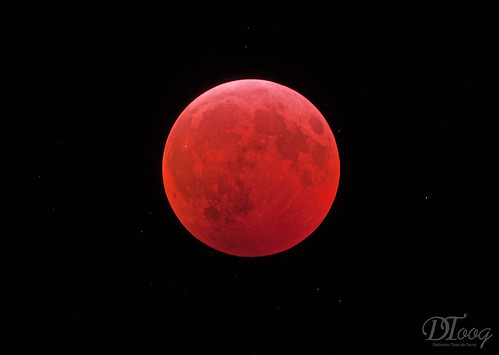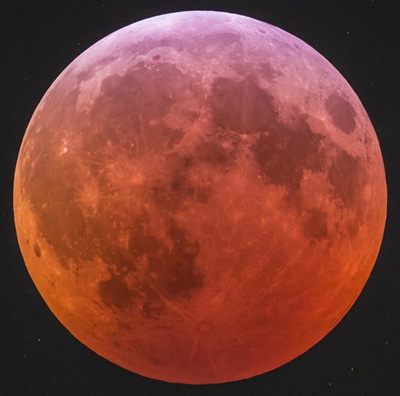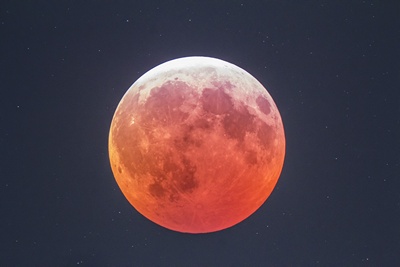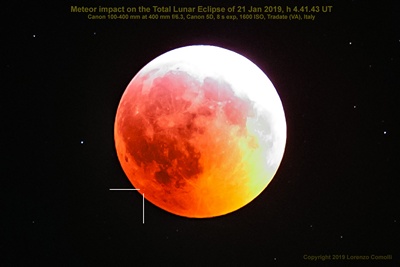Sky & Telescope | 2019 Jan 16
North America, South America, and indeed much of the world are gloriously poised for the total lunar eclipse of January 20–21, when, for an hour, the Moon will turn a reddish hue. The eclipse will begin late on January 20th and continue into the small hours of the 21st. ...
- Events for the total lunar eclipse on the night of January 20–21, 2019. This version is labeled for Eastern Standard Time (EST). Due to the Moon’s off-center path through Earth’s umbra, the northern half of its disk should look slightly brighter during totality than the southern half. (Credit: Sky & Telescope)
If you’re in the Americas, Europe, or Africa the night of January 20–21, you’re in for a treat. This is the first total lunar eclipse visible across the contiguous U.S. since September 2015, and the next one visible anywhere won't occur until May 2021. For viewers in the United States: Sunday night is the middle night of a three-day weekend — so the eclipse makes a good excuse to stay up late! ...
North and South America will enjoy the full experience of the eclipse, from initial penumbral stage to final penumbral stage, during the evening of Sunday, January 20th, and into the night of January 21st. Viewers in the east of both continents will have to stay up into the early hours of the morning of January 21st to see all stages of the eclipse, while those in the west will be able to get to bed before midnight on the same evening. ...
Lunar eclipse in the UK morning sky
Royal Astronomical Society | 2019 Jan 17






